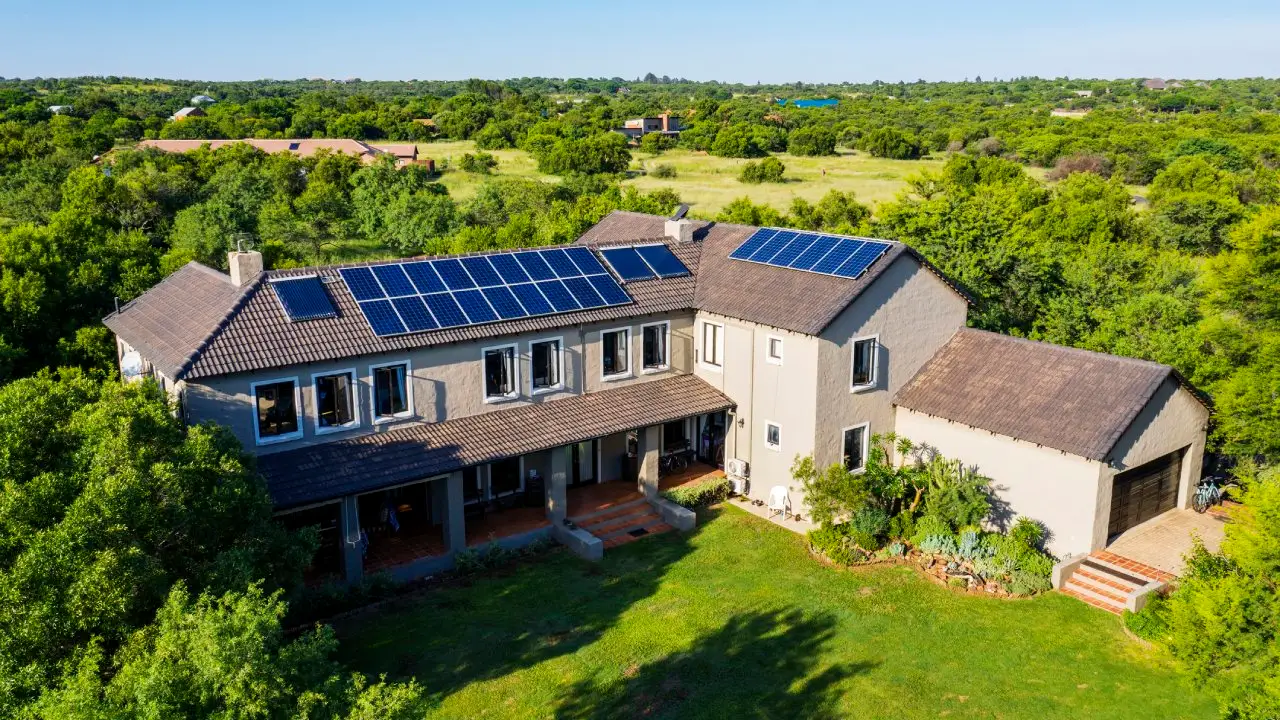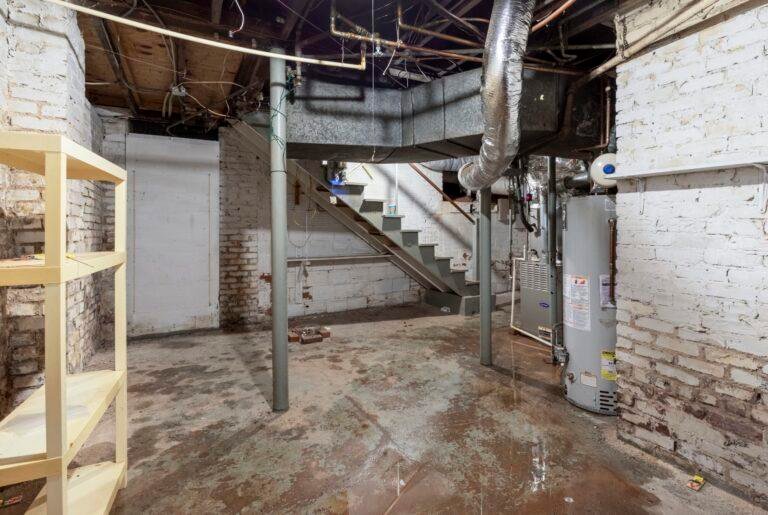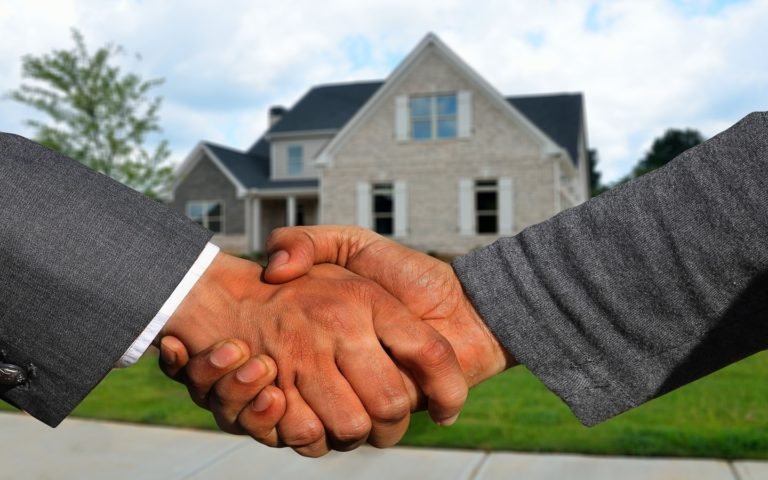With the worldwide rise in inflation, people are searching for more affordable and convenient options to save money and other resources as much as they can.
The construction industry is one of the most energy-intensive industries in the world, however, the builders and architects are making continuous efforts to overcome this flaw that is ultimately affecting the whole world and the generations to come.
What was once a niche concept has now evolved into a captivating trend that captures the imagination of homeowners.
But how sustainable and energy-efficient construction has made a difference in real estate?
Sustainable and energy efficiency are two closely related concepts that aim to reduce the environmental impact and resource consumption associated with various activities.
These practices are being highlighted in the new smart societies like Icon Valley Lahore, where the builders are taking initiatives to make the construction process more strategic and cost-effective.
Here we have compiled a list of some of the most significant factors behind the rise of sustainable homes and their profound impact on the environment and the people who reside in them.
Awareness of the Environment
In the past eras, people were unaware of the situation that was going to happen in the future. But nowadays, the state of affairs has changed because of the direct impact of every climatic change on us and our future generations.
Individuals, communities and governments are now recognizing the importance of reducing their carbon footprint and the harm that it causes.
This guidance results in the construction of sustainable homes that are a tangible expression of this awareness, featuring eco-friendly materials, energy-efficient systems and renewable energy resources.
Cost-Effectiveness and Energy Savings
One of the most prominent attractions of sustainable homes lies in their ability to provide cost-effective solutions to the energy consumption problem.
These homes feature state-of-the-art insulation, advanced heating and cooling systems, and energy-efficient appliances.
As a result, homeowners can save a significant amount of money on their utility bills while minimizing their reliance on non-renewable energy sources.
The long-term savings provided by sustainable homes are proved to be a lucrative investment for both environmental and financial reasons.
Recycled Energy Integrations
Sustainable homes closely follow the principles of accessibility and affordability for renewable energy resources.
Homeowners can now seamlessly integrate solar panels, wind turbines, and geothermal heating and cooling systems into the construction of their homes.
This will reduce their traditional dependency on the local power grids, which means that they will be able to save money by not having to pay for electricity.
The advancements in renewable energy have made it easier than ever before for homeowners to embrace a sustainable way of living by generating their own power and reducing their carbon footprint.
Government Incentives
As soon as the awareness has spread like wildfire, governments around the world are encouraging the building of sustainable homes by offering incentives like tax credits, grants, and affordable financing.
These benefits encourage more and more people to afford and choose sustainable living options. However, when the government, private sectors and responsible citizens work together, it drives the shift towards a more sustainable future.
Tech-Advancements
The massive revolution in technology has created an innovative way to design and construct sustainable homes.
Changes in building materials, such as energy-efficient windows, sustainable insulations, and recycled materials, have become more affordable and accessible.
On the other hand, smart home systems allow homeowners to monitor and control energy consumption, lighting, and other appliances from anywhere using their smartphones.
The integration of technology into the construction industry has brought about a paradigm shift in the way we build and live. This not only enhances the quality of life but also provides convenience, comfort, and a sense of security.
Future-Proofing
Sustainable homes are designed to be resilient to environmental challenges such as extreme weather events and water scarcity. They should have the feature to withstand natural disasters and have a high level of resistance.
Incorporating sustainable practices into the design of your home can future-proof the properties against climate change-related impacts, making homes adaptable and secure.
The Bottom Line!
The rise of sustainable and energy-efficient homes is a transformative shift towards a greener and more secure future in terms of environmental protection, cost-efficiency, and safety.
With increasing climate consciousness, renewable energy integration, government support, and technological advancements, sustainable homes have become a sought-after choice for homeowners worldwide.
By embracing sustainable housing practices, individuals can actively contribute to reducing their carbon footprint, conserving natural resources, and building a brighter, more sustainable future for generations to come.
Additionally, apart from the benefits, a sustainable home has, another prominent impact it has is on your lucrative investment. The value of your property is likely to increase significantly if you opt for sustainable housing.







